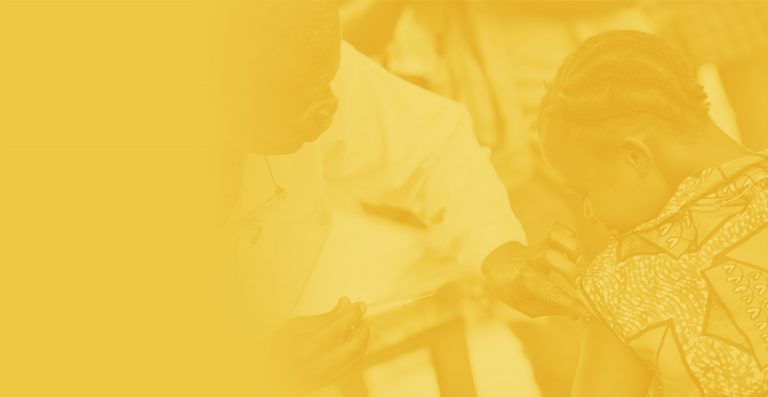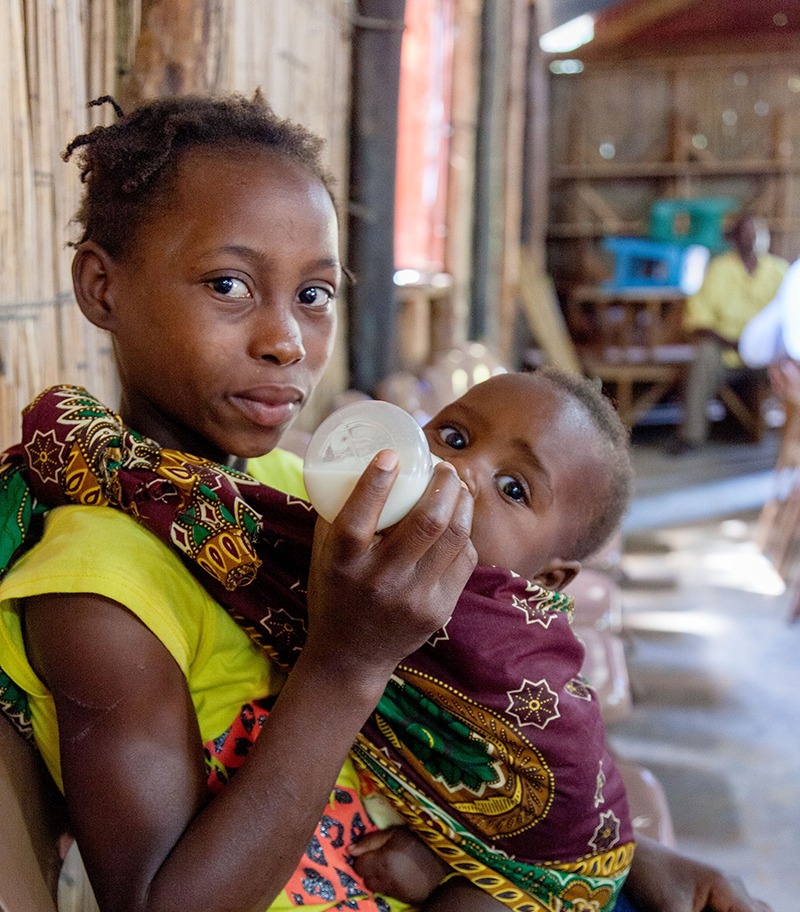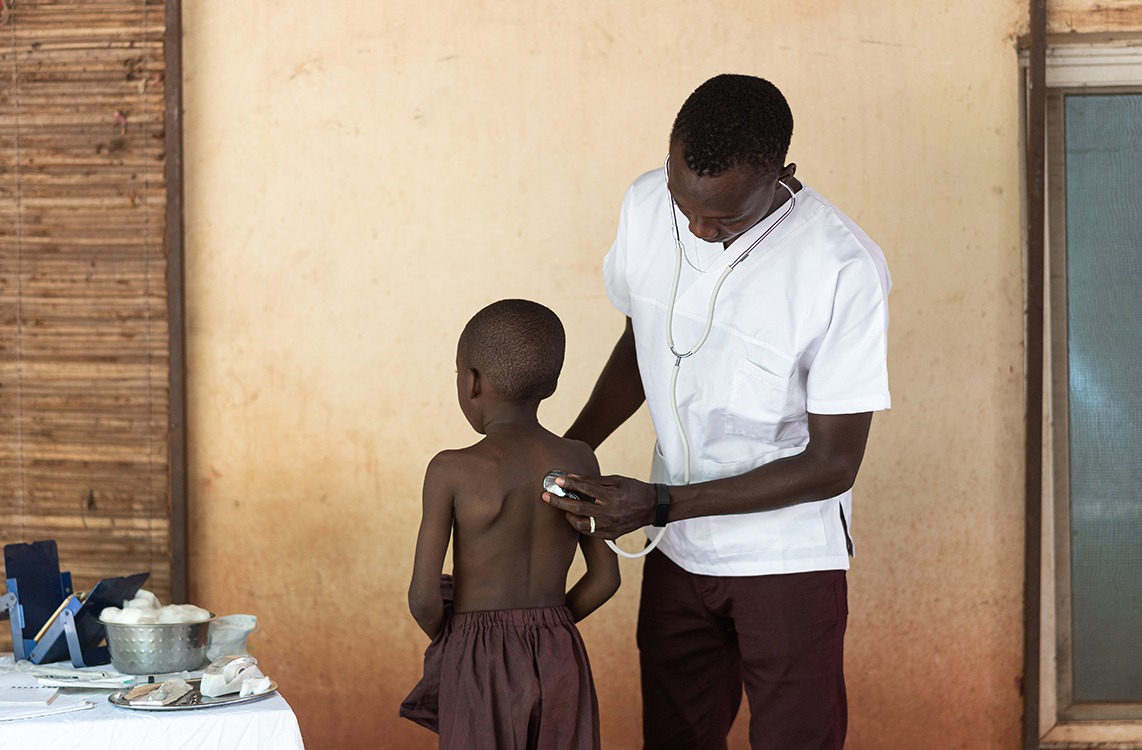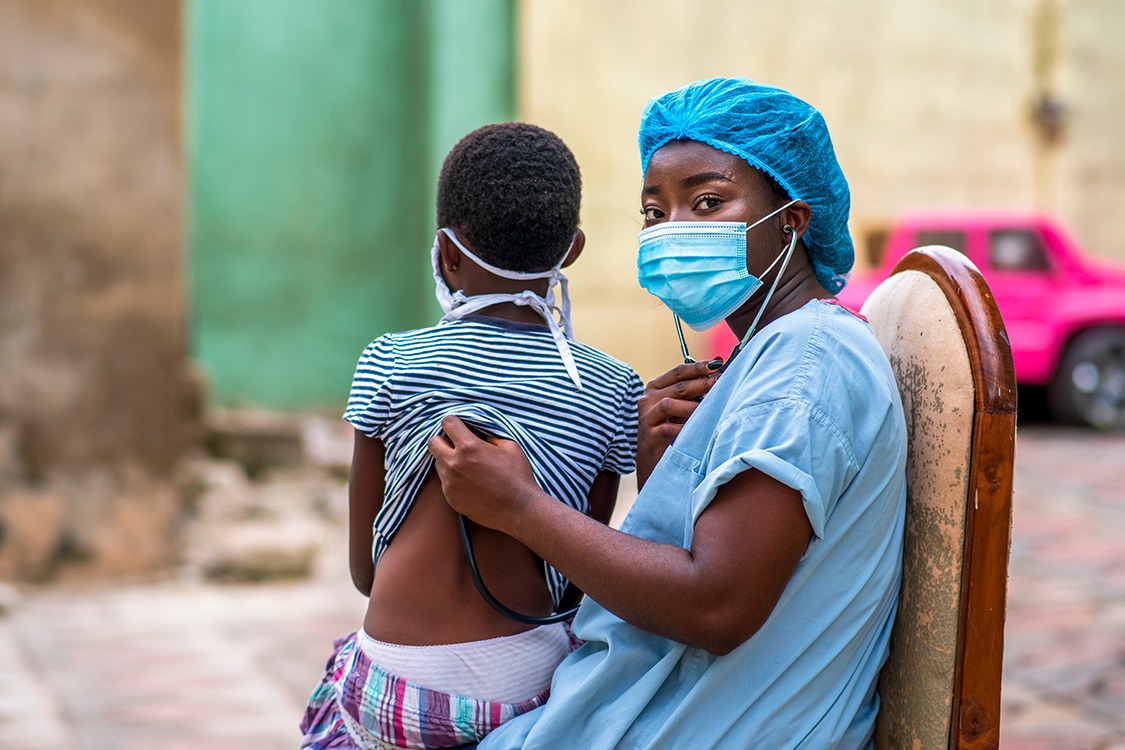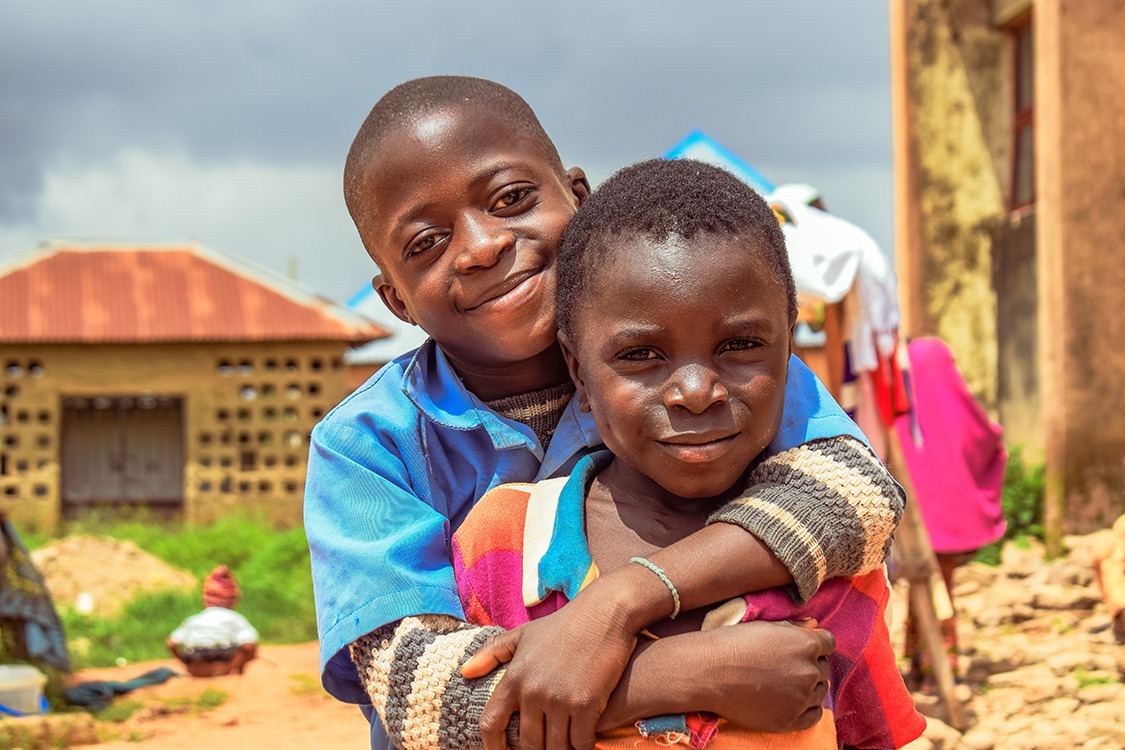WHO estimates that 1.1 million children aged 0-14 years develop tuberculosis (TB) every year. TB is an airborne infectious disease caused by a bacteria, Mycobacterium tuberculosis, also called TB bacilli or Koch’s bacilli, that is transmitted through the air exhaled and breathed. This bacteria affects mostly the lungs (pulmonary tuberculosis) but it can also affect other organs. If not treated, TB can lead to death in 20-50% of children.
In adults, the disease can be diagnosed through microscopy, culture or molecular tests performed on expectorated sputum (mucus coughed up from the lungs/airways). In children, the diagnosis is more complicated (sample collection more difficult, clinical presentation less obvious than adult TB, fewer bacilli produced). Young children, especially those <5 years of age, have a high risk of developing TB following exposure to Mycobacterium tuberculosis, and of progression to more severe forms of TB. Most children (>75%) with TB will develop pulmonary disease, in non-severe forms.

